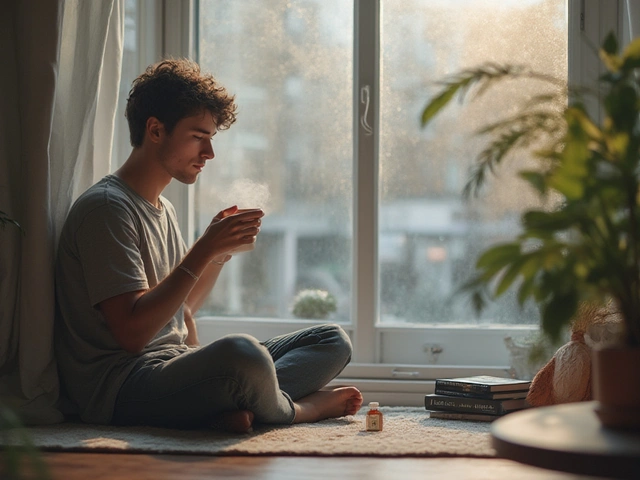Mobility: Simple Ways to Move Better and Stay Independent
Struggling to walk, climb stairs, or get up from a chair? Losing mobility doesn’t have to mean giving up the things you enjoy. Small, consistent changes often make the biggest difference. Below are clear, practical steps you can use today to move more safely and feel stronger.
Quick fixes to move better
Start with three short habits: strengthen, balance, and stretch. Do two to three strength sessions each week—bodyweight moves like sit-to-stand (10–15 reps), wall push-ups (10–15 reps), and heel raises (12–15 reps) work well. Add daily balance practice: stand on one foot for 10–20 seconds while holding a chair, and try heel-to-toe walking for 20 steps. Spend 5 minutes stretching tight hips, calves, and hamstrings after activity.
Use routine-friendly timing: do strength exercises after a warm-up like a brisk 5–10 minute walk. Keep sessions short but consistent—15–20 minutes is enough if you do them regularly. If you have pain, lower the reps or range of motion and build up slowly.
Footwear and environment matter. Wear shoes with good grip and low heels at home. Remove rugs that slip, add night lights on pathways, and place a sturdy chair in areas where you need to pause. These small fixes cut falls and make walking easier.
When meds or health issues affect movement
Some medicines cause dizziness, drowsiness, or muscle weakness. Common culprits include sedatives, some blood pressure drugs, statins (rarely causing muscle pain), and long-term steroids. If you suddenly notice more stumbling, blurry vision, or new weakness, ask your prescriber for a medication review. Don’t stop a drug without advice.
Health conditions also change mobility. COPD or heart issues reduce stamina; arthritis limits joint motion; nerve problems affect balance. Work with your doctor or a physical therapist to match exercises to your condition. For example, people with breathing issues benefit from paced walking and breathing techniques, while those with knee arthritis may start with low-impact cycling or water exercises.
If you use a cane, walker, or ankle brace, get sizing and fitting help from a therapist. Proper fit reduces strain and boosts confidence.
When to see help: get urgent care if you have sudden weakness, numbness, or a fall with injury. Schedule earlier visits for steadily worsening mobility, new balance problems, or trouble finishing daily tasks.
Small steps add up. Pick two practical actions now—one exercise and one safety change—and repeat them for four weeks. If you need tailored advice, a physiotherapist or pharmacist can make a plan that fits your meds and health. Move safely, build strength, and keep doing what matters to you.



